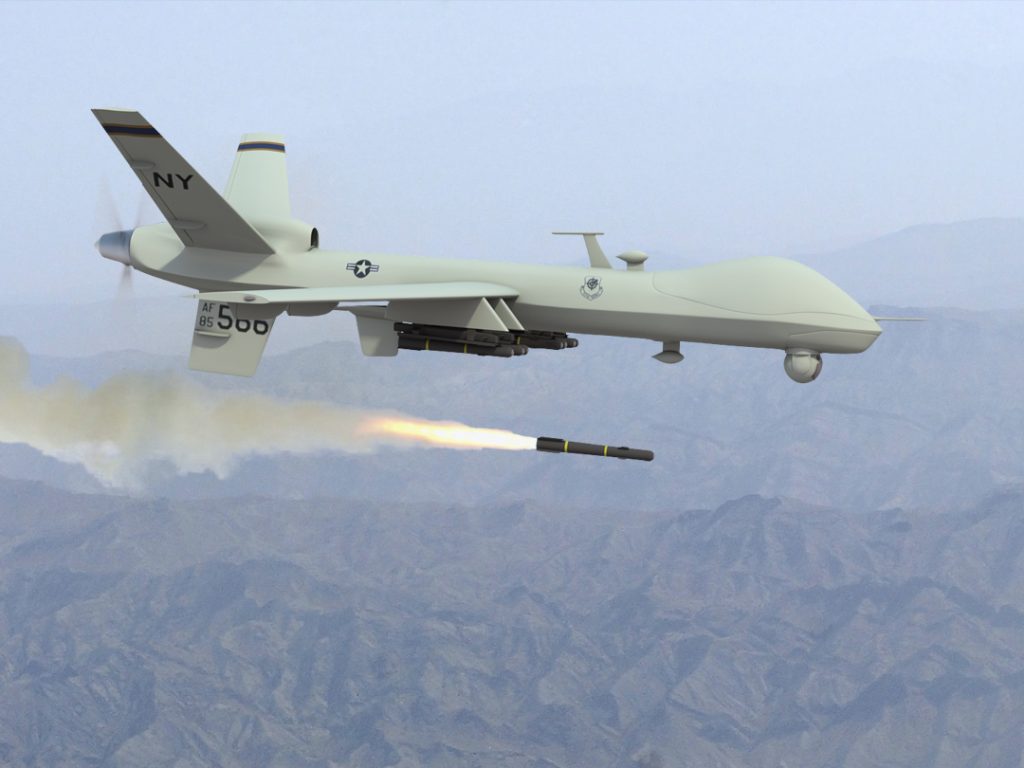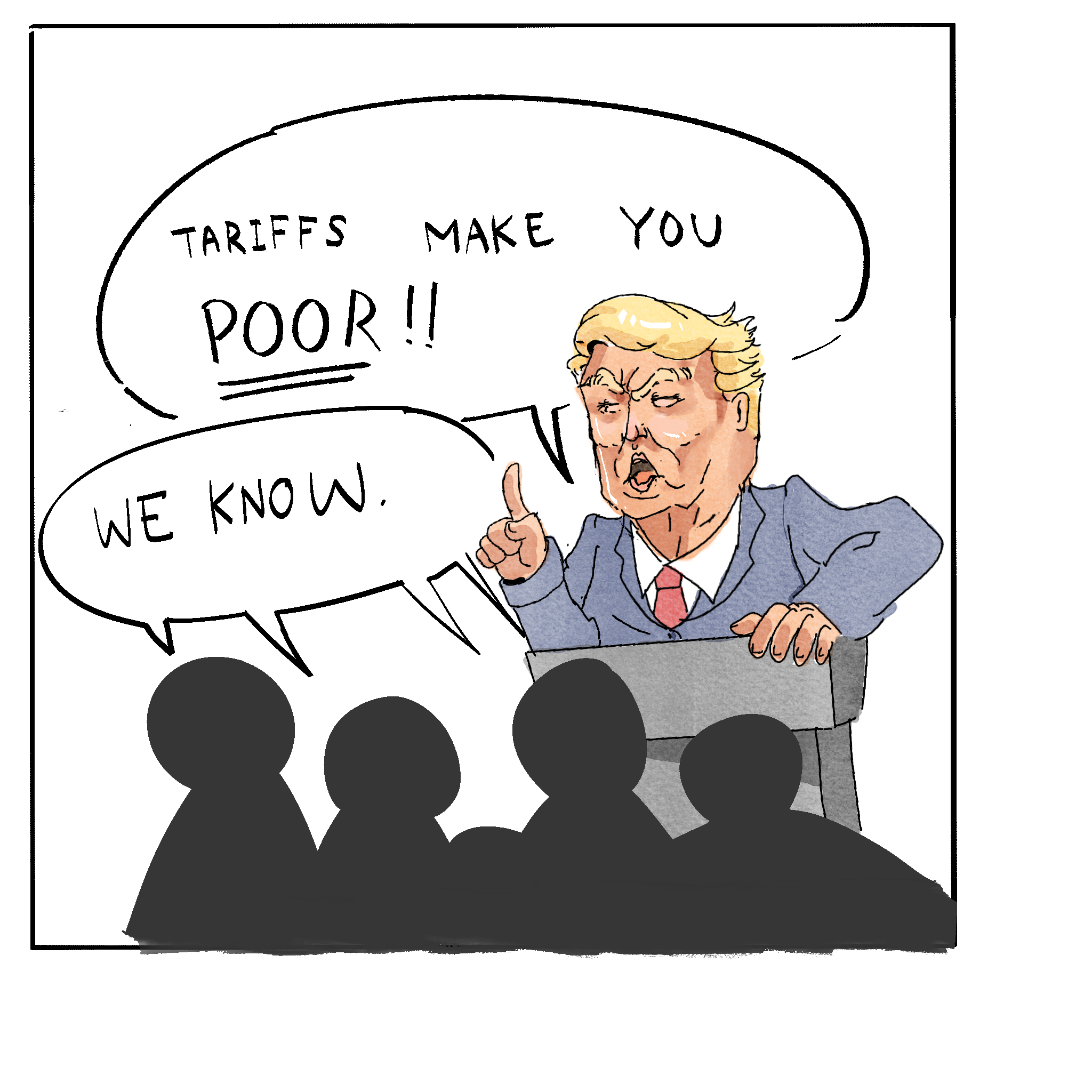
by Cameron Chippindale
The controversial foreign policy has been a mix of success and failure
In early 2009 the newly
inaugurated President Obama gave the order to the Central Intelligence Agency (CIA) to dramatically increase the scale of America’s drone warfare programme in Pakistan. What had once been a limited and sporadic programme under Bush became the infamous “unblinking eye”, a vast fleet of merciless predator drones humming almost constantly through the skies above Pakistan’s tribal (and virtually lawless) North-West. Whilst American drone strikes in Pakistan continue to this day, the programme in any systematic form came to an effective end in 2014. By that time, according to the New America Foundation, some 2,998 people had been killed by drone strikes, many of them innocent civilians.
One of the most ambiguous aspects of America’s use of drone strikes was their legality. Pakistan accused the strikes of being an infringement on its sovereignty and on numerous occasions demanded that the U.S either end its programme or integrate the Pakistani military into the process of selecting and engaging targets. America never trusted Pakistan’s army to keep information out of the hands of the very militants they were striking and so blatantly ignored its protests for over seven years.
Pakistan also took issue with the apparently inhumane nature of the strikes. The Bureau of Investigative Journalism put the figure for civilian casualties at between 423 and 965 people. This is far higher than the official American figure which classes any military-age, male casualty as an “enemy killed in action” unless there is “evidence to prove otherwise” and as long as the strike hit the intended target. Besides the technical inaccuracies of drone strikes, collateral casualties were also common because of the tendency for militants to deeply embed their bases and command centres in civilian areas. Al-Qaeda is not a conventional fighting force waging a war with defined front lines. It is a social movement, perfectly camouflaged by the towns and villages of Northern Pakistan. A militant’s home, where his family lives and others visit can just as easily double up as a vital command centre hence making innocent civilian deaths from drone strikes inevitable.
Drones in war have also been deemed inhumane because of their relative silence compared to bomber jets and their apparent ubiquity. This makes innocent civilians in target areas debilitatingly anxious and impedes ordinary social, commercial and agricultural routines. Given also that drones were often led to their targets by signalling devices planted by pro-American operatives, militants would be permanently suspicious of civilian locals and occasionally execute some as a warning to the rest, hence completing a vicious cycle of paranoia and fear. A final reason for the inhumane nature of drone strikes is the fact that they are unmanned. Controlled by CIA teams often thousands of miles away in the U.S., the face to face contact with the enemy that acts sometimes as the only voice of reason in war is removed. Staring down on targets through a computer screen, drone operators cannot truly feel and witness the horror of their profession. Occasional targeting of public spaces and the frequent use of “double-tap” strikes was perhaps facilitated by the absence of any emotional contact with the target.
From America’s point of view the drone strikes were, first of all, perfectly legal. Under America’s own domestic law any action that is in the interests of the nation’s defence can be legally authorised by the president alone without any regard for the country in which this action is to occur. Such actions can be authorised without any warning being issued and without a formal declaration of war- hence why the drones are controlled by America’s clandestine service, the CIA, and not the U.S military. America plays the “self-defence” card somewhat less convincingly in the theatre of international law. For instance, International human rights law contains an executive order that bans “assassinations”. Much hinges therefore on exactly how the strikes are defined and perceived. Regardless, the legal case for Obama’s drone war was by no means evidently sound.
Probably the strongest American justification for its drone programme in Pakistan however can be summed up in five words — it got the job done. It might have had its defects and at times may have been misguided altogether but the cumulative effect of over a decade’s worth of strikes on Pakistani soil was the severe weakening of some of the world’s most dangerous terrorist groups. Documents acquired following the raid on Osama Bin Laden’s compound reveal the former al-Qaeda leader’s concern that the drones were killing senior commanders faster than they could be replaced. Indeed, the sheer quantity of written correspondence between Osama Bin Laden and fellow senior figures is testament to the exhausting inefficiencies that drones forced al-Qaeda to deal with. In an environment in which a simple e-mail or cellular phone call could guide an American missile to one’s location, the group was forced to communicate by written letters or verbal messages carried across hundreds of miles by couriers. This is just one example of the physical and mental drain that drone use had on extremist groups operating in Pakistan.
From this perspective surely, Obama must be commended? But even these successes are by no means obvious. Sure, the numbers look impressive but were these groups mortally wounded by drones? Probably not and the hardened resolve that drone strikes created served to undermine any chance of a peace deal. Across Pakistan, public opinion was poisoned more than ever against America. Drone strikes played perfectly into the narrative spun for years by militants that Muslims were the victims of a Western crusade with which the Pakistani government collaborated. This tendency for strikes to increase local support for terrorist groups was even admitted in a CIA intelligence document published by WikiLeaks in 2014. This secretive admittance to the drone campaign’s flaws is surely fatal to the legacy of the “Drone War”.
Regardless of this, Obama will probably go down in history as a “good president” especially given how controversial his successor is. As his administration rushed to force through as many last ditch measures as it could before the inauguration of Donald Trump, much of the world’s media portrayed the president as a valiant defender of social justice fighting to the bitter end. The use of drones in Pakistan is ample evidence however that even he has blood on his hands. A foreign policy often synonymous with minimalism and reluctance to engage abroad is therefore at least partially stained.




